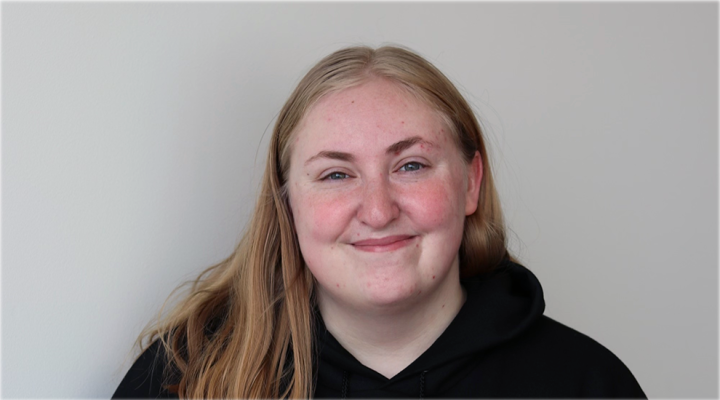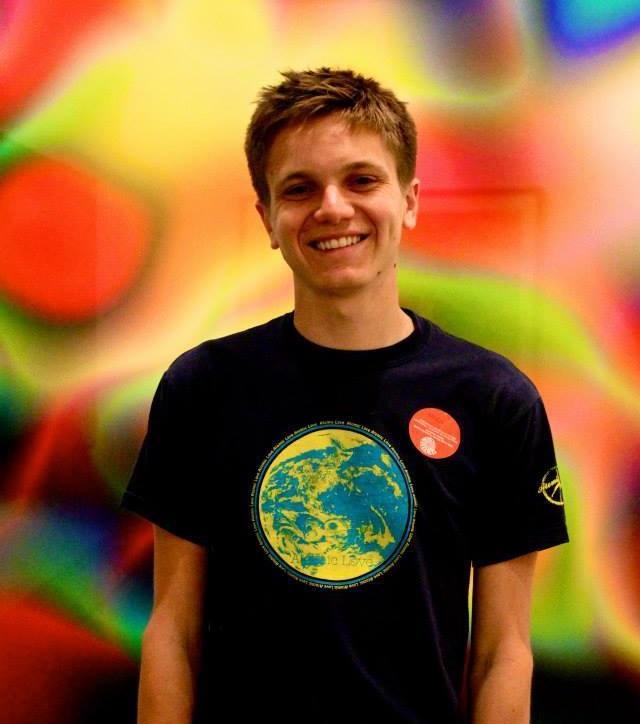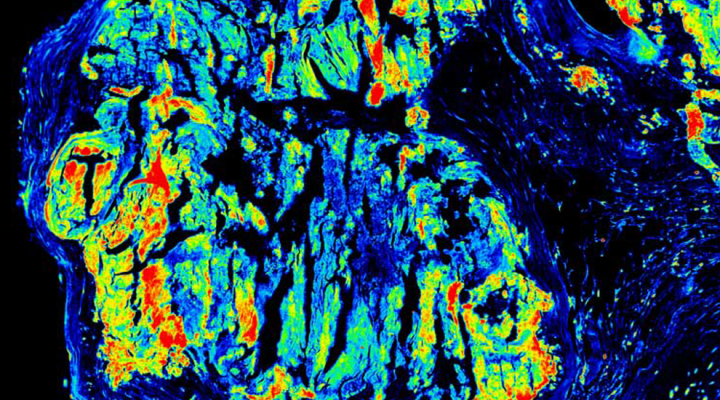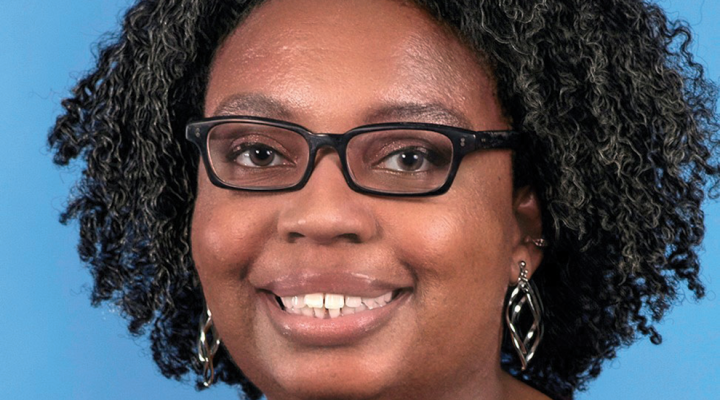Hunter Adams, fourth year Ph.D. student in mechanical and aerospace engineering at Cornell, really likes hardware. “There is something indisputable about hardware,” says Adams. “You can run simulations all day without a real, unarguable end result. With hardware, it either works or it doesn’t.”
When Adams first came to Cornell in 2011 for his undergraduate studies, his primary interest was in particle physics. He declared as a physics major and then became impatient with the pace of experimental particle physics. “I found out that I really want a much quicker pace.” This dual desire for testable hardware and a faster experimental timeline led Adams to discover engineering.
“As a physics major at Cornell, you have a lot of freedom when it comes to taking classes outside of the department,” explains Adams. “You get to choose a number classes as a “concentration” within the physics major. Rather than picking an existing concentration, I created my own—spacecraft engineering.” Adams connected with Mason Peck, associate professor in Cornell’s Sibley School of Mechanical and Aerospace Engineering and former chief technologist at NASA, and began working in Peck’s Space Systems Design Studio. “I still feel so lucky that I found Mason and got into his lab,” says Adams.
Adams spent one summer working at SpaceX, where he noticed that everyone doing the job he eventually wanted to all had their Ph.D.s. “That pretty much decided it for me,” says Adams. “I didn’t really consider going anywhere else for my doctorate.” Adams knew he wanted to build a complete hardware system from start to finish. He didn’t know exactly what it would be, but he was determined that it would be useful. “I am deeply motivated by finding solutions to problems that are of immediate practical use,” says Adams.
Adams talked through his ideas with Mason Peck, and together they arrived at a project that seemed to be the right size.
The project they came up with is called Monarch. It is based on a design started by another of Peck’s graduate students six years ago. The original idea was for small (roughly two-inch square) satellites that could be deployed in a swarm to gather and send data. Under Adams, the original idea has morphed into slightly larger square sensors that take advantage of recent improvements in processing, tiny solar cells, GPS capabilities, and lighter substrate materials. Each Monarch has a GPS, an accelerometer, a magnetometer, a gyroscope, light sensors, a thermometer, a processor, and a radio transmitter.
“I prototype the entire system on a lab bench,” says Adams. “And once I’m convinced it works I’ll use a CAD program to make the same circuit on a computer. I send the files off and have boards back within a week. Then we test the boards. It usually takes a few iterations to get it right.” Sometime during Adams’ third year working on Monarch, he and Peck agreed that they had “gotten it right” and they began to focus on ways the Monarch could be put to use. They had a few ideas and weren’t sure which to pursue.
At this point, Professor Peck sent Adams a blank application for Cornell Engineering’s Commercialization Fellowship. Adams was selected as one of six Cornell Engineering Ph.D. student Commercialization Fellows for 2018. Surprisingly, (even to Adams, himself), one of the commercialization ideas that seems to hold the most promise does not involve rockets or space at all.
“I spent much of the summer visiting vineyards and speaking with vineyard managers to learn how they make decisions,” says Adams with a somewhat bemused look on his face. “I went to California, the Finger Lakes, and New Zealand.” One requirement of the Commercialization Fellowship is that Ph.D. students do “customer discovery interviews” with at least 100 potential customers. “It’s not to talk about your technology, but instead to learn how they make decisions and what they would find useful.”
What Adams discovered through this process is that the information his Monarchs could collect and transmit would be valuable to vineyard managers. The Monarchs would not be sent to space and released into orbit. Instead, they would be placed strategically throughout a vineyard to gather hyper-local data on light, moisture, temperature and other factors that would allow vineyard managers to better manage their resources and maximize their harvests.
“This fellowship has been so valuable,” says Adams. “Through the customer discovery process I have identified the hardware I need to build. As someone who is committed to making useful stuff, I’m now fully convinced that this is useful.” Adams hopes to build the final version of the Monarch this semester while piecing together all the other parts that go into starting a business. “I intend to finish my Ph.D. by May and then apply to the Small Business Innovation Program (SBIR).” The SBIR is a U.S. government program that encourages domestic small businesses to engage in Federal Research/Research and Development (R/R&D) that has the potential for commercialization.
“This has been a seriously unexpected turn in my degree path—my family is pretty amused by it all,” says Adams, with that same bemused smile. “I am excited to pursue this full-time.”





